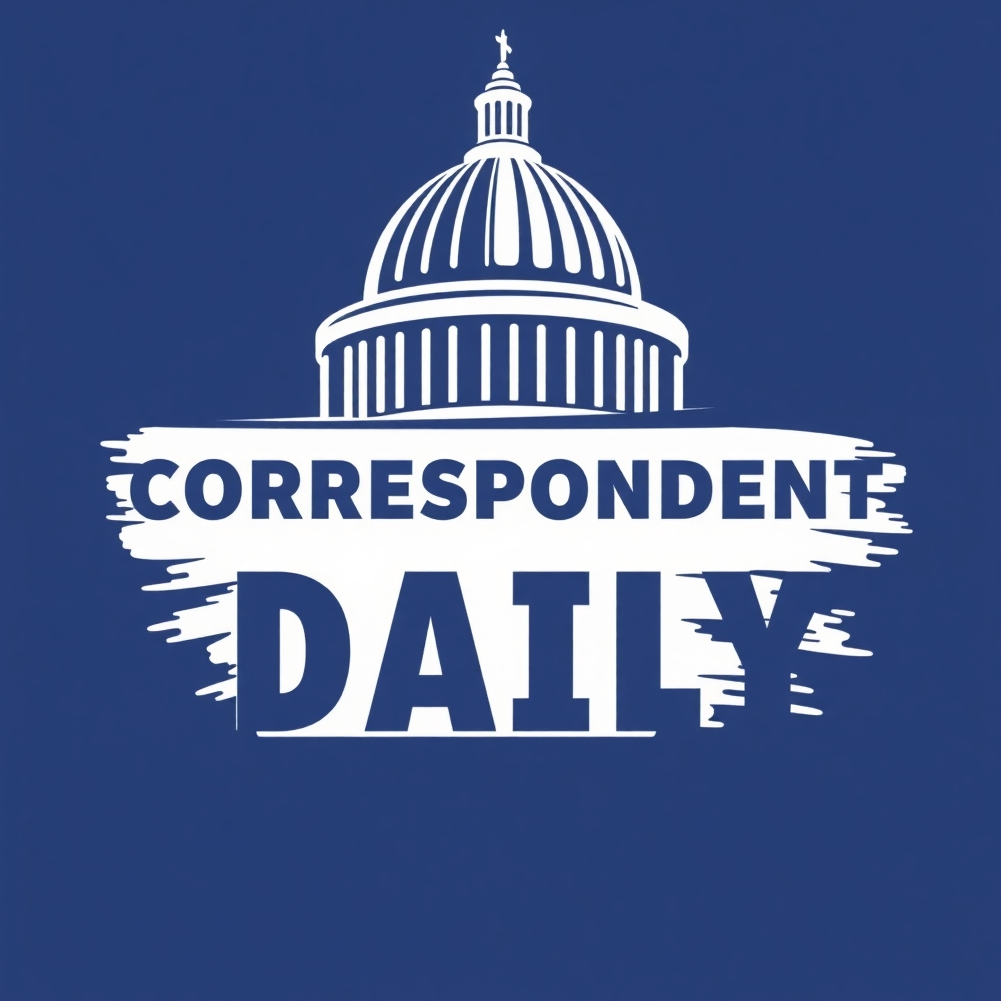
A Classic Nearly Took a Dark Turn: The R-Rated 'Independence Day'
Even the most beloved films can have surprising stories behind their creation. Take, for instance, the iconic 1996 sci-fi blockbuster Independence Day. This Americana classic—filled with alien invasions and heroic battles—came remarkably close to being rated R instead of the family-friendly PG-13 that made it accessible to a wider audience. This was not just a minor filmmaking decision; it posed a potential shift in how many viewers would actually engage with the film.
What Could Have Made Independence Day R-Rated?
As discussions around Independence Day resurface in the context of the latest movie releases, we find ourselves questioning what changes in the script could have led to a stricter rating. With its blend of patriotic spirit and heart-stopping action, the film's original drafts featured more elements that could have resulted in that elusive R-rating, including a considerable amount of graphic language and more intense scenes of destruction.
Historical Context: The Rise of Blockbuster Films
To fully understand why an R-rated version of Independence Day could have shifted its reception, we must consider the historical context of blockbuster films emerging in the 1990s. Movies like Jurassic Park and Die Hard pushed the boundaries of what action and adventure could look like, often featuring elements that ventured into R-rated territory. However, Independence Day sought to balance entertainment with accessibility, making it crucial for its box office success.
Why Ratings Matter in Today's Streaming Landscape
Today, the conversation around film ratings continues as streaming platforms dominate how we consume media. With countless entertainment options on demand, audiences are now more discerning than ever. An R rating could have severely limited Independence Day’s audience—something that could have influenced its box office results and lasting legacy.
The Broader Impact of Film Ratings on Pop Culture
Film ratings do not only affect box office metrics; they also influence pop culture trends. The wholesome image of Independence Day allowed it to find a special place in families' hearts, reminiscent of Fourth of July celebrations filled with fireworks and patriotism. Imagine an R-rated version that wove in edgier content. It might have produced a different fanbase—or perhaps, it would have become a footnote in film history.
What If: A Look at Alternative Script Ideas
One cannot help but wonder how different the cultural landscape might have been with a darker version of this classic. This brings us to unique benefits and the value of understanding script elements that are often omitted from the final cut. What if the more intense language or a serious subplot had crept in? Alternate designs of alien destruction and additional human conflict could have led to a deeper storyline, possibly creating a divide among audiences.
Community Response: How Discourse Shapes Preferences
As part of ongoing discussions about films within our communities, the feedback from viewers plays a pivotal role in shaping future productions. How would a more violent Independence Day align with today’s dialogue on media choices amongst families? Community discussions often unveil levels of resistance or acceptance, reflecting societal values that shift constantly, affecting filmmakers’ decisions.
Embracing Creativity Amid Controversy
While controversy often emerges around film ratings, case studies like Independence Day exemplify how risk and creative expression can coexist. Its success proves that narratives do not need to niche into adult themes to captivate audiences. Directors and writers can create engaging stories that resonate across various demographics without pushing limits too far.
Future Predictions: What Lies Ahead for Film Ratings?
The evolution of film ratings poses ongoing questions for creators and viewers alike. As we press forward into an era dominated by streaming platforms and personalized content, there may be boutique productions that embrace either extreme, offering both family-friendly and adult-oriented versions of stories like Independence Day. As society fluctuates, so too can the themes we celebrate within our cinematic landscapes.
In Conclusion, understanding how close Independence Day came to being an R-rated film encourages us to explore the nuances of storytelling in cinema. For fans of the movie and those who appreciate the significance of film ratings, this tale importantly highlights why nuanced narratives matter.
Share your thoughts on the impact of film ratings on community films and whether they could alter your viewing experience!
 Add Row
Add Row  Add
Add 




Write A Comment